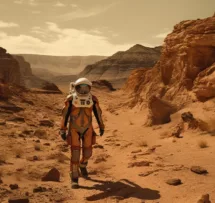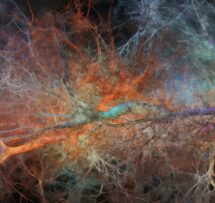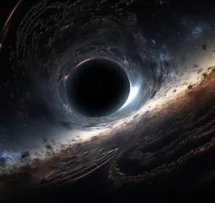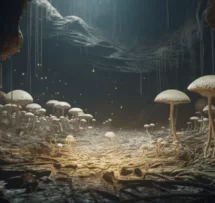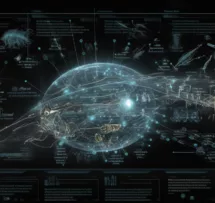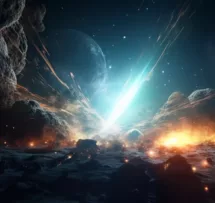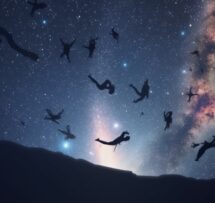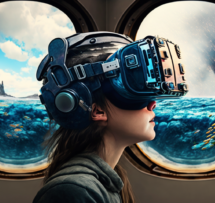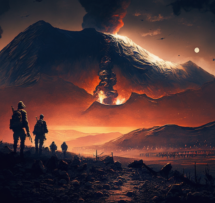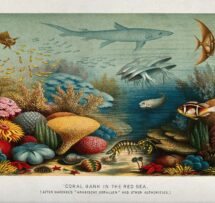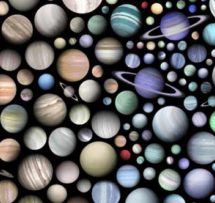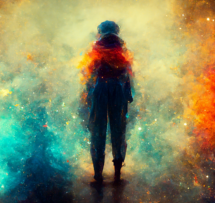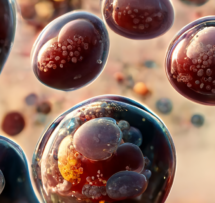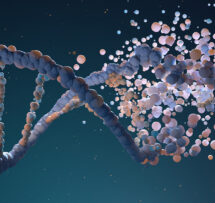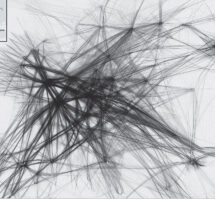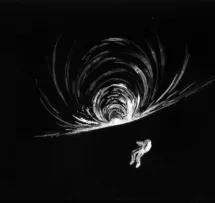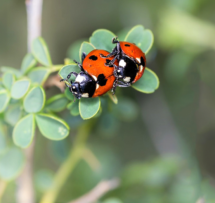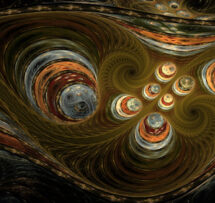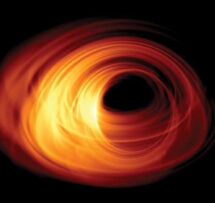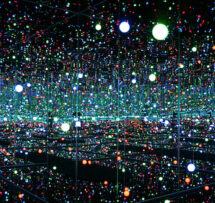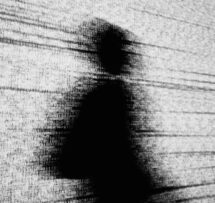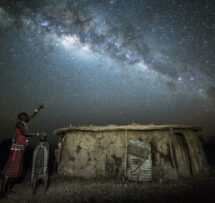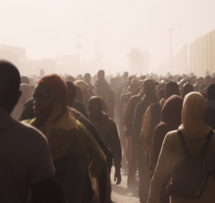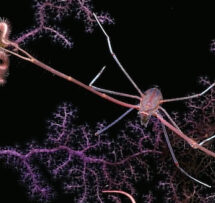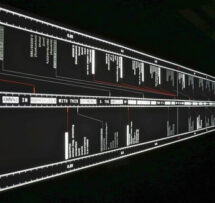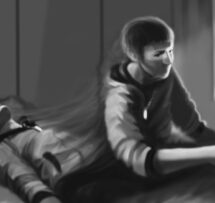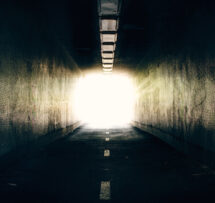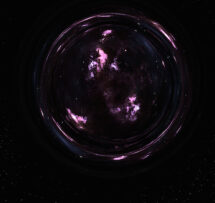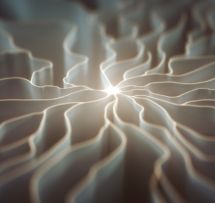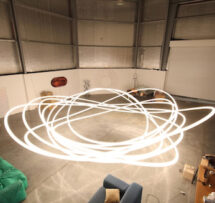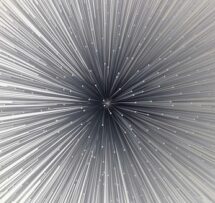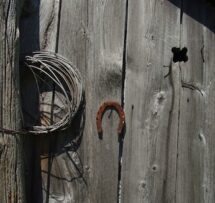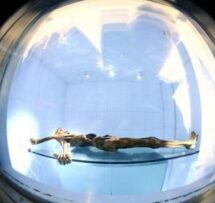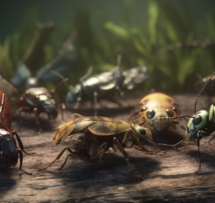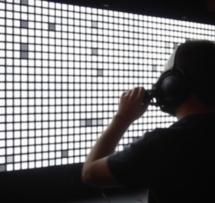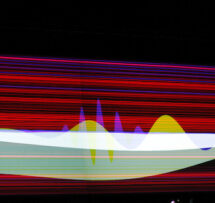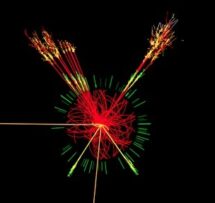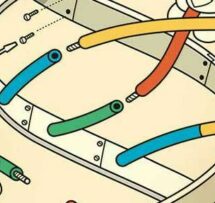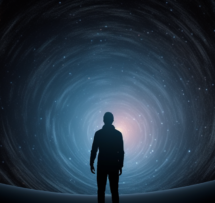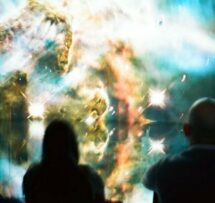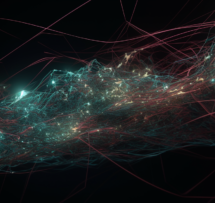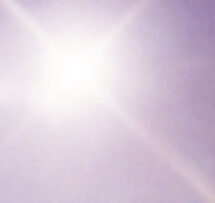Neutrons, X-rays and shooting the unseeable biology
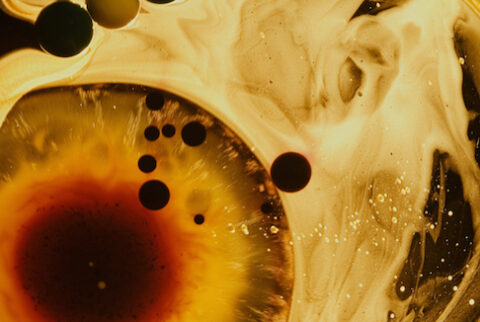
X-rays may be fine to look into materials, but why on earth neutrons? Why do we need so big (and expensive) equipment to see something that small? What is it really that we can see and how? Why care about what biological molecules look like and how they work?
During the next five years, the buildings, facilities and instruments for the largest Danish research venture ever, The European Spallation Source (ESS), are being constructed right across the Øresund Bridge in Lund, Sweden. ESS will become the world’s most intense artificial neutron source. The closest neighbour to ESS, the brand-new Max-IV synchrotron - an intense X-ray producer - is almost ready to go, with its construction nearly finished.
The combination of the neutrons at ESS and the X-rays at Max-IV will provide unprecedented possibilities for a deeper insight into various materials and biological structures. With a resolution better than any super microscope, it will be possible to look deep into matter and see the tiny but highly well-coordinated structural organization of biological systems that is the foundation for all life.
Lise Arleth will explain many of the newly and interesting developments on the understanding of cellular membranes due to powerful microscopes.
Chilled dry-ice cocktails follow, accompanied by the piece Time Capsules Microscopy based on takes of Band Ane’s old lacquer disc player but also by the floating, ethereal notes which hang above subterranean slivers of vocal samples and distant twittering, and the flickering, stuttering beats and transient moments of melody which emerge from between the cracks and fissures: the swimming ambience, inherent to Band Ane’s new release Anish Music Caravan will also be present in this exciting evening of Science & Cocktails.
Photo: "Tree of Life" film (2011)

Lise Arleth
Neutrons, X-rays and shooting the unseeable biology
X-rays may be fine to look into materials, but why on earth neutrons? Why do we need so big (and expensive) equipment to see something that small? What is it really that we can see and how? Why care about what biological molecules look like and how they work?
Music by
Band Ane
Band Ane is the project of the electronic musician Ane Østergaard, who has recently released her first album in 5-years, Anish Music Caravan. She uses innumerable instrument and sound sources of the most varied kind in her compositions as well as a sound archive with loads of analogue tapes, old lacquer discs and newer vinyls. Ane is a versatile artist with a repertoire which includes a large variety of genres



